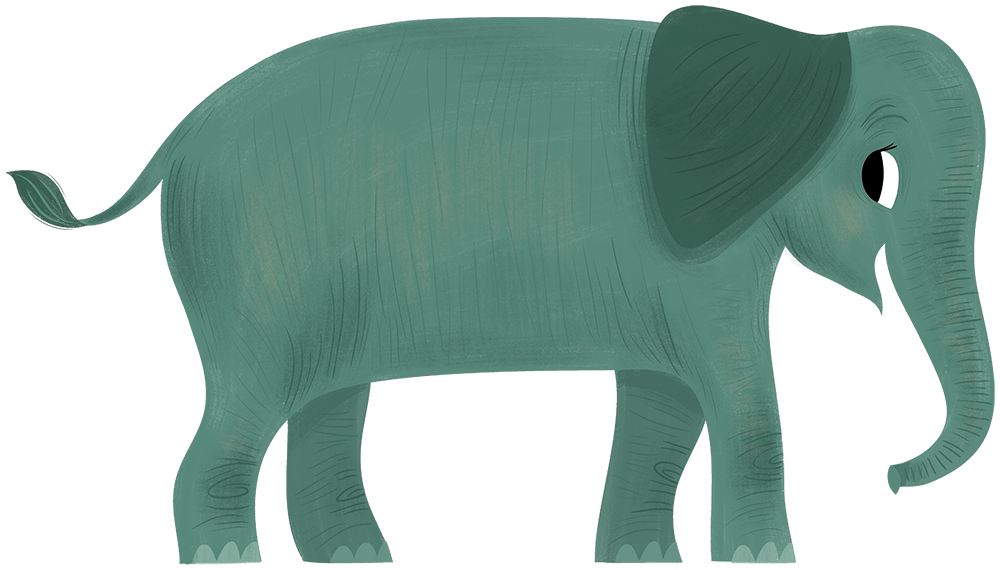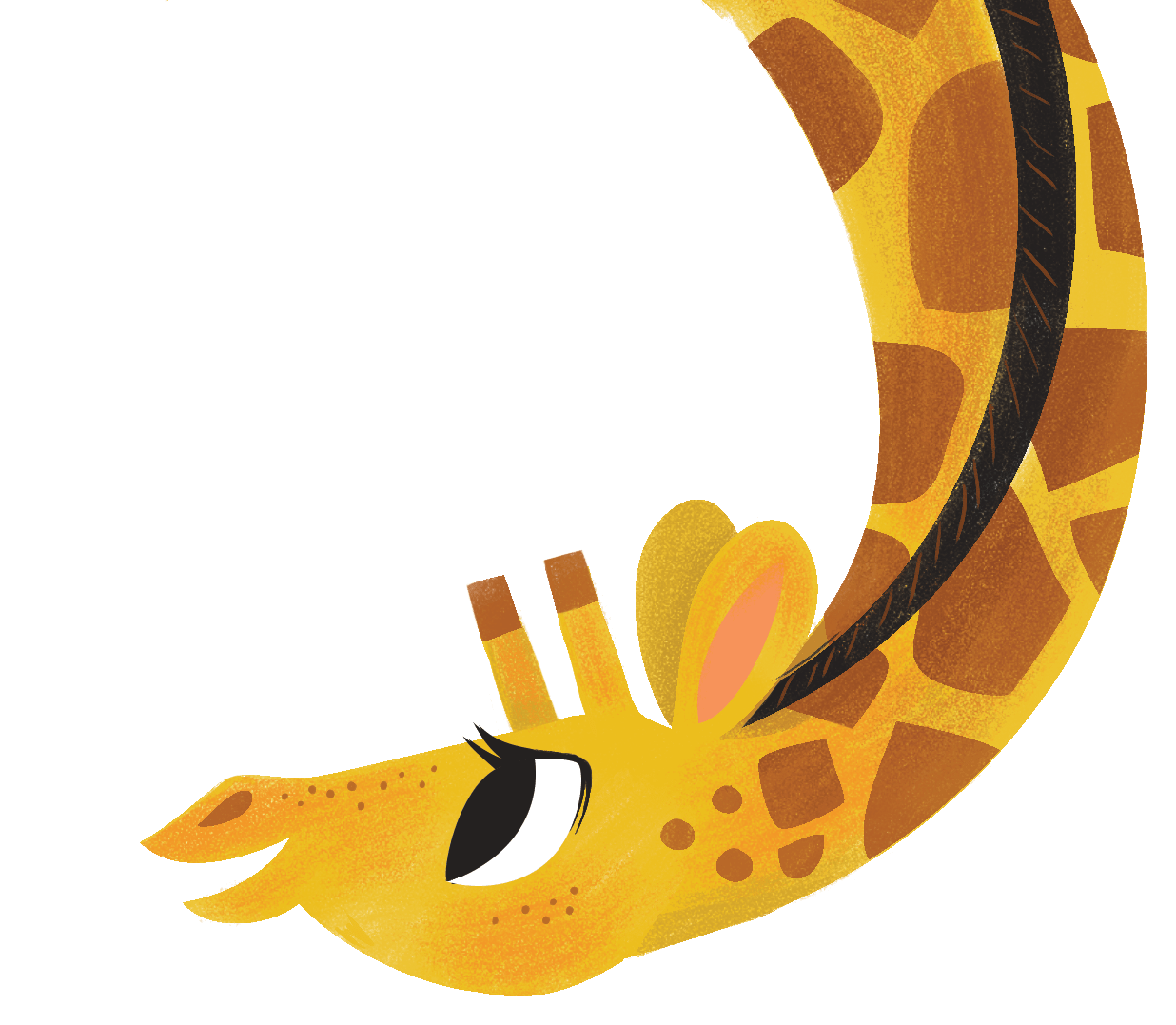 Why, we wonder, do bad things happen to good people? We don’t ask why good things happen to good people. But in a world with so much sorrow and aching, don’t good things amaze, too?
Why, we wonder, do bad things happen to good people? We don’t ask why good things happen to good people. But in a world with so much sorrow and aching, don’t good things amaze, too?
One of those good things happens every summer in this little building by the Pacific Ocean: a week-long writing course for children. This year, I was one of the instructors. http://www.occbww.com/instructors.shtml I looked out every day at this scene–expansively gorgeous–and talked and laughed with my housemates, Margriet Ruurs and Ellen Howard.
 Ellen and I have taught at the Vermont College MFA residencies together. In fact, she loaned me a fluffy bath towel in a typical fit of generosity. Such luxury after the scratchy VCFA dorm towel! Ellen is like that. Margriet and I have crossed paths at many conferences and international schools, and her book about how children get books around the world is one I bought and shared with Ethiopian educators when I did a workshop for Ethiopia Reads (www.ethiopiareads.org).
Ellen and I have taught at the Vermont College MFA residencies together. In fact, she loaned me a fluffy bath towel in a typical fit of generosity. Such luxury after the scratchy VCFA dorm towel! Ellen is like that. Margriet and I have crossed paths at many conferences and international schools, and her book about how children get books around the world is one I bought and shared with Ethiopian educators when I did a workshop for Ethiopia Reads (www.ethiopiareads.org).
 And then there were the students. Fifty-six of them, travelers from all over the world who gathered in that Oregon spot. Why do people spend their time and money to hone the craft of writing fiction?
And then there were the students. Fifty-six of them, travelers from all over the world who gathered in that Oregon spot. Why do people spend their time and money to hone the craft of writing fiction?
As the authors of Art and Fear say, ““The difference between art and craft lies not in the tools you hold in your hands, but in the mental set that guides them. For the artisan, craft is an end in itself. For you, the artist, craft is the vehicle for expressing your vision. Craft is the visible edge of art.”
It’s a precious thing to find a guide who can make baffling and frustrating things less so by poking around the edges to make art visible. So eight instructors sat with fifty-six students and…over and over…explored questions: why not write a didactic story? Why do I have to squeeze my story into a certain format, anyway? Why do I keep getting rejection letters?
 Why? We start asking it when we’re two or three years old. We aren’t satisfied by most of the answers then…or now. I shared the big “why” questions in my new middle grade novel, Anna Was Here: why can’t the Kansas farm where Anna lands be all cute and cuddly like this chair in the ocean house? Why can’t life be all fluffy sheep and spotted cows? One of the students, Helene Clarke, gave me her book where she explored that dark territory: Why Did the Osprey Poop on my Head? (www.tatepublishing.com/bookstore) We talked about readers’ reactions and what she might do if she were starting over. That’s the kind of thing writers talk about together.
Why? We start asking it when we’re two or three years old. We aren’t satisfied by most of the answers then…or now. I shared the big “why” questions in my new middle grade novel, Anna Was Here: why can’t the Kansas farm where Anna lands be all cute and cuddly like this chair in the ocean house? Why can’t life be all fluffy sheep and spotted cows? One of the students, Helene Clarke, gave me her book where she explored that dark territory: Why Did the Osprey Poop on my Head? (www.tatepublishing.com/bookstore) We talked about readers’ reactions and what she might do if she were starting over. That’s the kind of thing writers talk about together.
And then I sat at lunch with a writer who has been working for a nonprofit that reaches out to grieving children. We go into the relationship with the child, she said, desperately wanting to make things better. We learn we can’t. But we can sit with someone in grief. We can share bread. The next breath is a bit easier. And the next. And the next.
Maybe that’s part of the answer to why not write a didactic story?
So many things that can’t be fixed. Those willing to stare into the dark sea, though, may create something true and real that might become a companion.
The reader who reads it is suddenly not so alone. The next breath is a bit easier. And the next. And the next.


